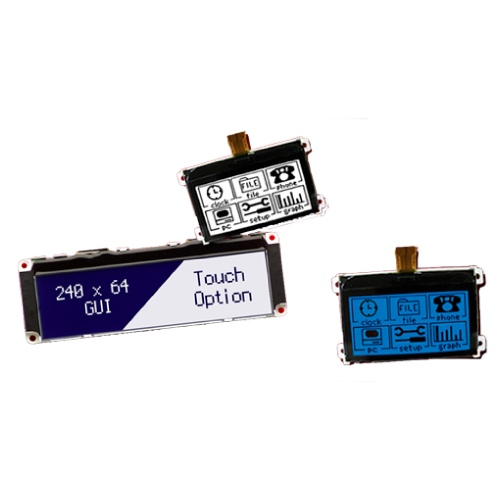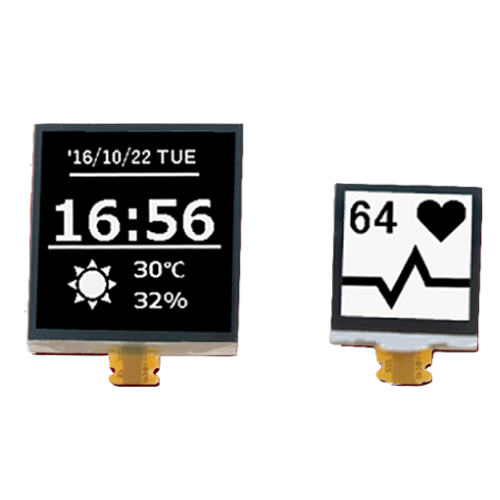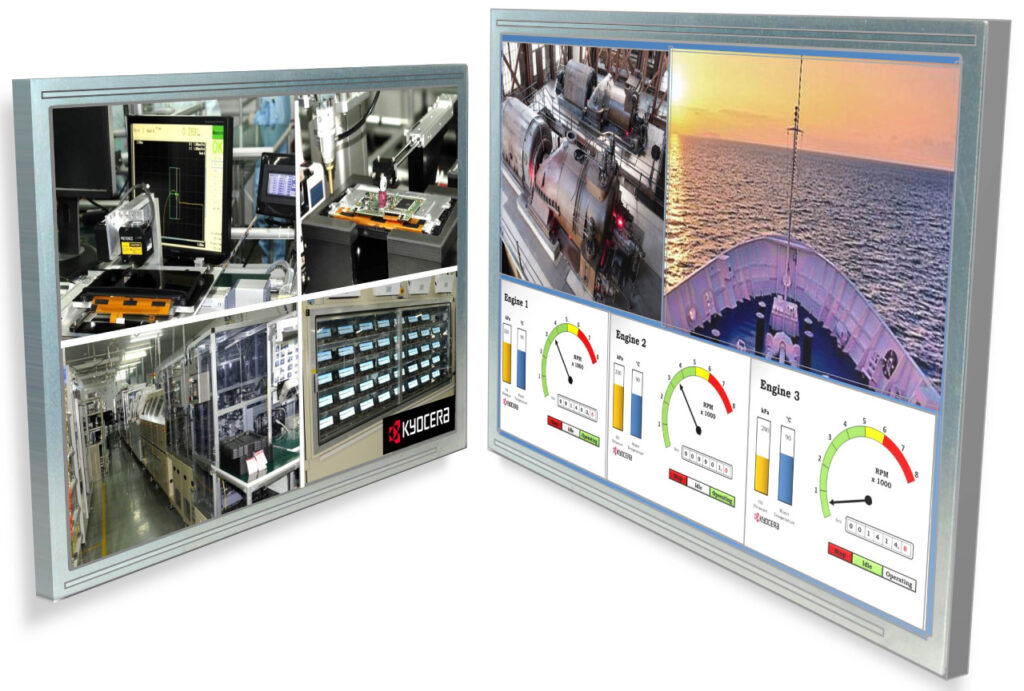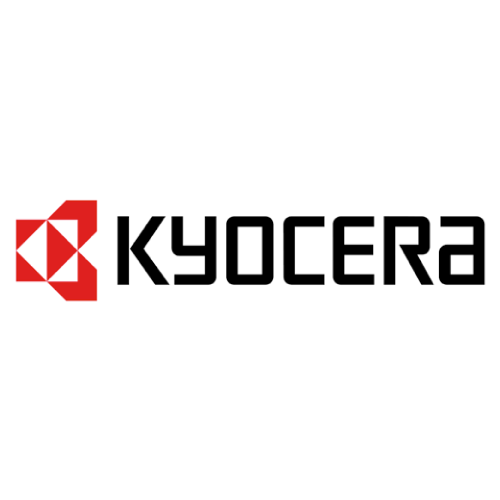Monochrome LCD
Home » Products » LCD Displays » Monochrome LCD
Monochrome LCD, or Liquid Crystal Display, is a popular technology for displaying simple images and text in a black and white format. Monochrome LCD displays are often used in a variety of devices, such as digital watches, calculators, and portable game consoles. This technology has been around for decades and has improved significantly in terms of resolution and energy efficiency.
Features
The passive matrix STN (super twisted nematic) monochrome graphic modules offer a wide range of sizes and display formats in transmissive, reflective or transflective types satisfying virtually any application.
- Wide operating temperature (-20 to 70°C)
- High contrast ratio up to 80:1
- High brightness up to 100 Nits
- High ambient-light legibility
- Built-in controllers
- Selectable interface
About
How the technology works
Monochrome LCD screens consist of a layer of liquid crystals sandwiched between two transparent electrodes, with a backlight placed behind the display. When an electric current is applied to the electrodes, the liquid crystals align to allow light to pass through or block it. By controlling the electric current to specific pixels, monochrome LCD displays can create black and white images.
Advantages and limitations
One of the main advantages of monochrome LCD displays is their energy efficiency. Since they only require power to change the state of the liquid crystals, they consume very little power when displaying static images or text. Additionally, monochrome LCD displays are highly readable in bright sunlight, making them ideal for outdoor use.
However, monochrome LCD displays have some limitations. They can only display black and white images, which limits their use in applications that require color. Additionally, they have a limited viewing angle, which means that the display can appear distorted or unreadable when viewed from an angle. Finally, monochrome LCD displays have a limited resolution and can suffer from image retention or ghosting if static images are displayed for extended periods.
Applications
Monochrome LCD displays are commonly used in a variety of applications, such as digital watches, calculators, and portable game consoles. They are also used in industrial control panels, medical devices, and automotive displays. Monochrome LCD displays are ideal for applications that require low power consumption and high readability in bright environments. They are also useful in situations where color is not necessary or where cost is a significant factor.
Conclusion
Monochrome LCD displays are a reliable and energy-efficient technology for displaying black and white images and text. While they have some limitations, they are ideal for a variety of applications, particularly those that require low power consumption and high readability in bright environments. As technology continues to evolve, it will be interesting to see how monochrome LCD displays are used in new and innovative ways.















